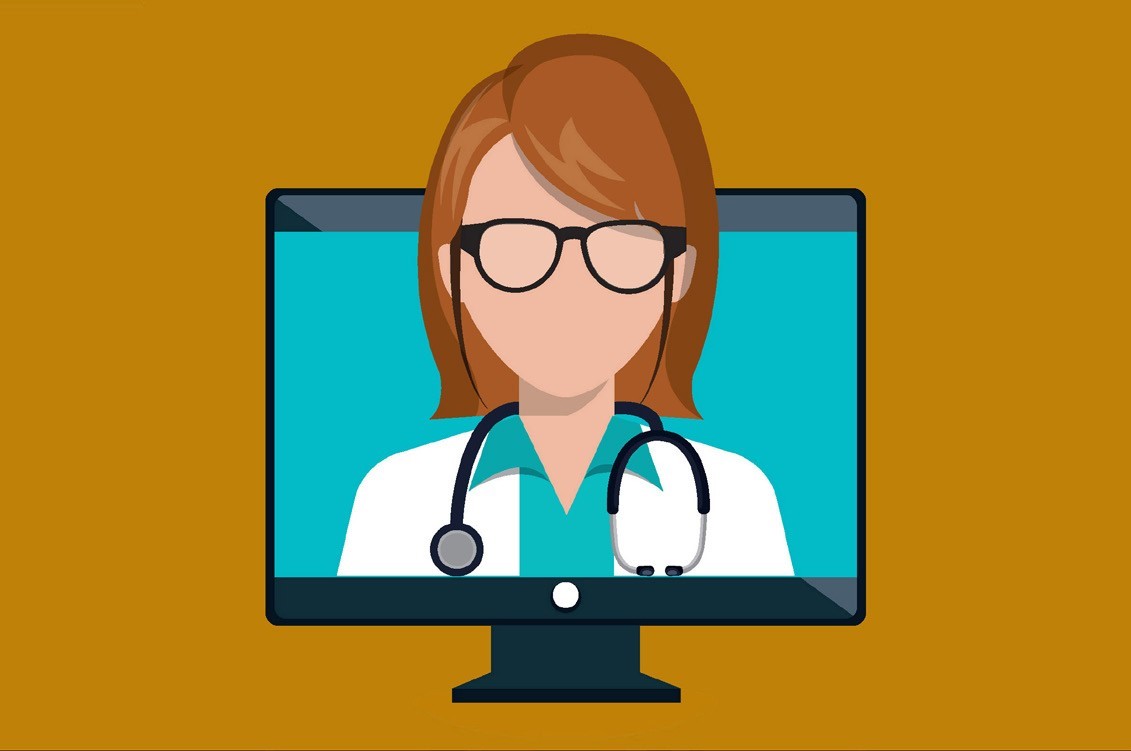
The virtual doctor will see you now
Here's what you should know about telemedicine, including the right and wrong ways to use it.
More people work from home and stream movies from their couch than ever before. And now more people are trading the waiting room for a video-based doctor visit—a service that’s available 24/7, right from the comfort of your home.
So, what’s the deal with telemedicine? Is it a good option? Maybe.
Telemedicine generally works best for simple, non-emergency situations. For example, what if you had a weird skin rash, but you didn’t have time or transportation to get to your regular doctor? During a video consultation, a doctor may be able to diagnose, write a prescription (if needed), and go over next steps. The service may be a good option for common and treatable issues, such as:
- Cold and flu
- Sinus issues
- Sore throat
- Allergies
- Insect bites
What to Expect
The cost of a telemedicine visit is typically the same as, or less than, an in-person doctor visit. Benefits and availability vary by state and insurance carrier, though.
You need to log on to your insurance carrier’s website to find out if telemedicine is an option for you.
You also should consider that, in most cases, you won’t meet with your regular, primary care doctor. Telemedicine is typically offered by a separate third-party provider. That means the doctor you see probably won’t know much about you and your medical history. You also may not know much about the doctor, either.
If you decide to try telemedicine, then get the most out of your visit by following these tips:
- Be prepared to register and fill out information online for the separate provider.
- Know that you’ll likely have to pay up-front (before the visit).
- Test your web connection ahead of time.
- Gather your medical history and have your current prescriptions handy.
- Set aside about 10 minutes in a quiet place for your visit.
When to Go In-Person Instead
Sometimes an in-person doctor visit is the right move when:
- You have an established relationship with your doctor, and you’re able to get to their office.
- The issue is complicated and may require follow-up appointments.
- Blood and health screening tests are required.
Bottom line: Aim to see your doctor in person when possible. But for simple, non-emergency health issues, telemedicine could save travel time, hassle, and money.
Benefits and services available may vary from plan to plan—please refer to your plan’s Summary Plan Description for exact coverage details. This article is not intended to provide medical advice. Aon does not recommend or endorse a particular course of medical treatment. If you have any questions concerning your medical condition or any drugs, treatment plans, or new symptoms, consult your health care provider.
© 2026 Aon plc. All rights reserved.